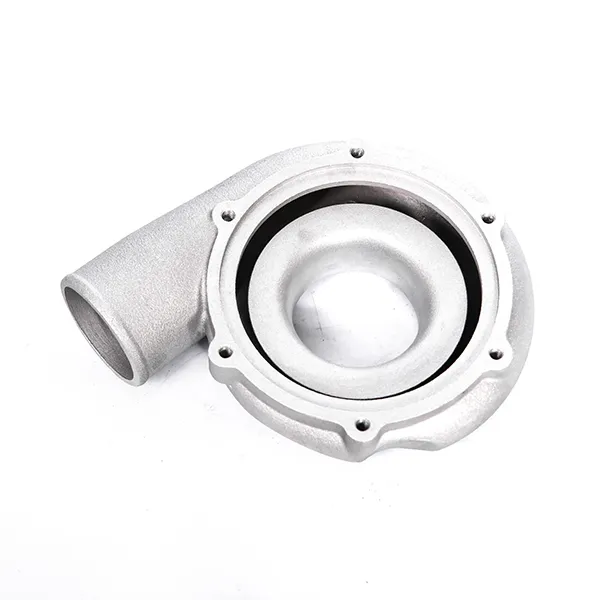Mobile:+86-311-808-126-83
Email:info@ydcastings.com
German
he351 exhaust elbow
Understanding the HE351 Exhaust Elbow A Key Component in Turbocharging Systems
The HE351 exhaust elbow is an essential component in turbocharging systems, particularly in diesel engines. It plays a crucial role in directing exhaust gases from the turbine housing of the turbocharger, ensuring optimal performance and efficiency. Understanding its design, functionality, and importance can provide insights into the overall performance of an engine equipped with a turbocharger.
Design Features
The HE351 exhaust elbow is designed to efficiently channel exhaust flow from the turbocharger to the exhaust system. Its construction typically features high-grade materials capable of withstanding extreme temperatures and pressures. The elbow's design often includes a smooth, contoured path which minimizes turbulence, promoting a more efficient exhaust flow. This efficiency contributes to improved turbo spool time and better throttle response, which are critical for performance, especially in high-demand situations like heavy towing or racing.
The flanges on the HE351 exhaust elbow are engineered for a secure fit to both the turbocharger and the exhaust system, reducing the potential for leaks that can compromise performance. Additionally, many aftermarket versions of the elbow are available, which may offer advantages such as increased diameter or better materials, enhancing the overall performance of the turbo system.
Functionality
The primary function of the HE351 exhaust elbow is to facilitate the smooth passage of exhaust gases from the engine to the exhaust system while maintaining the necessary back pressure. In a turbocharged engine, back pressure is essential for turbo efficiency, as it helps to optimize the turbocharger's operation. A well-designed exhaust elbow ensures that the pressurized exhaust gases flow seamlessly, which aids in maintaining the required speed of the turbocharger for enhanced performance.
he351 exhaust elbow

Another critical aspect of the exhaust elbow is its ability to withstand thermal cycling. As the engine operates, the exhaust gases can reach temperatures exceeding 1,000 degrees Celsius. The materials and design of the HE351 exhaust elbow are crafted to endure these harsh conditions without warping or failing, which can lead to performance loss or even catastrophic engine failure.
Importance in Performance
In turbocharged applications, the performance of the entire system can be significantly affected by the exhaust elbow. A poorly designed or damaged elbow may cause an increase in exhaust back pressure, leading to turbo lag and diminished power output. Conversely, investing in a high-quality HE351 exhaust elbow can lead to noticeable improvements in engine efficiency and responsiveness.
Moreover, for enthusiasts looking to modify their vehicles for greater performance, the HE351 exhaust elbow is often a focal point for upgrades. Many performance-oriented modifications focus on enhancing the exhaust flow to maximize the turbocharger's effectiveness, and the elbow is a key area where gains can be realized.
Conclusion
In summary, the HE351 exhaust elbow is a vital component of any turbocharged engine setup. Its design and functionality contribute to improved exhaust flow and overall engine performance. For those looking to optimize their turbocharged systems, understanding and potentially upgrading the exhaust elbow can lead to significant performance benefits, making it a worthy consideration for any vehicle enthusiast or performance tuner. As with all engine modifications, selecting the right components to match one’s performance goals is critical for achieving the best results.
-
Expert Stainless Steel Casting | Precision & Durable Metal PartsNewsAug.29,2025
-
Precision Metal Castings: Aluminum, Stainless Steel & Die CastingNewsAug.28,2025
-
Superior Aluminum Castings in Automotive Engine PartsNewsAug.22,2025
-
Common Materials Used in Fan Housing ManufacturingNewsAug.22,2025
-
Symptoms of a Stuck Automobile Water Pump ImpellerNewsAug.22,2025
-
The Importance of Valve Castings in Water TreatmentNewsAug.22,2025











